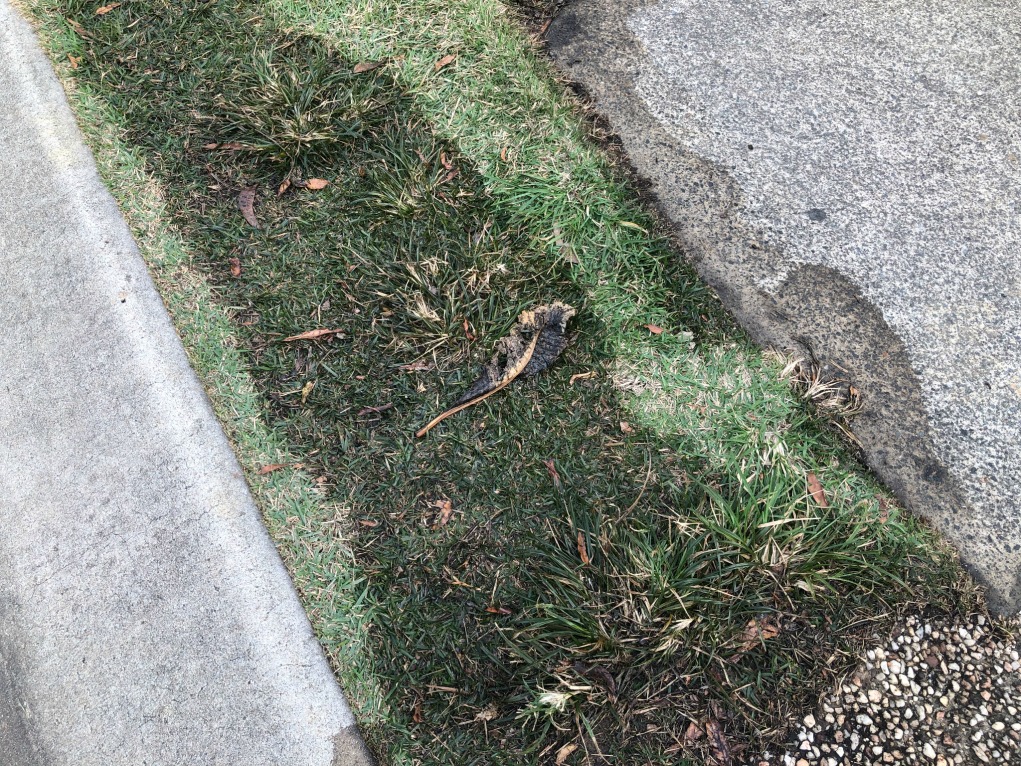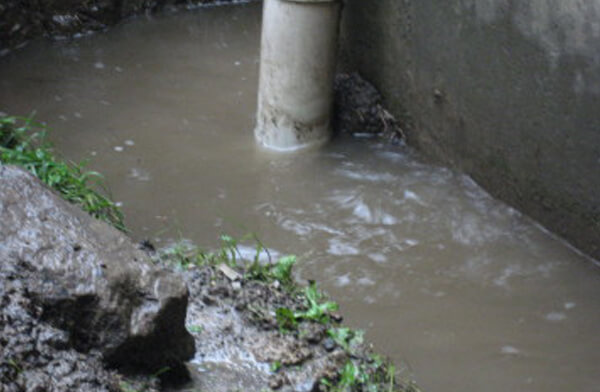Detecting Concealed Water Line Leaks: 6 Clever Methods
Detecting Concealed Water Line Leaks: 6 Clever Methods
Blog Article
What are your beliefs about Top leak detection hacks?

Early discovery of dripping water lines can mitigate a possible catastrophe. Besides conserving you cash, it will minimize the stress and disappointment. The moment you locate a leak, calling your plumber for fixings is the very best solution. Some little water leaks might not be visible. Below are some hacks that help if you can not find it with your naked eyes.
1. Check Out the Water Meter
Every home has a water meter. Examining it is a guaranteed way that aids you uncover leakages. For beginners, switch off all the water resources. Ensure nobody will purge, make use of the faucet, shower, run the washing machine or dishwashing machine. From there, go to the meter and watch if it will change. Considering that no person is utilizing it, there need to be no activities. If it moves, that indicates a fast-moving leakage. Furthermore, if you spot no changes, wait an hour or two and also inspect back again. This means you might have a slow leakage that might even be below ground.
2. Check Water Usage
Evaluate your water bills and track your water consumption. As the one paying it, you should notice if there are any disparities. If you identify sudden changes, despite your usage coinciding, it implies that you have leakages in your plumbing system. Bear in mind, your water costs should fall under the same array monthly. An abrupt spike in your bill suggests a fast-moving leakage.
At the same time, a constant increase monthly, even with the very same behaviors, reveals you have a slow leakage that's also gradually intensifying. Call a plumber to thoroughly check your building, specifically if you really feel a warm area on your floor with piping below.
3. Do a Food Coloring Test
When it comes to water usage, 30% comes from toilets. If the shade in some way infiltrates your dish during that time without flushing, there's a leak in between the storage tank and dish.
4. Asses Exterior Lines
Don't fail to remember to inspect your outside water lines also. Should water leak out of the link, you have a loosened rubber gasket. One tiny leakage can lose tons of water as well as increase your water expense.
5. Check as well as Analyze the Situation
Property owners ought to make it a behavior to inspect under the sink counters and also inside cabinets for any kind of bad odor or mold development. These two red flags suggest a leakage so timely focus is required. Doing routine examinations, even bi-annually, can save you from a significant trouble.
More importantly, if you know your home is already old, maintain a watchful eye on your heating systems, hose pipes, pipelines and so on. Look for stainings and compromising as most home appliances and pipelines have a life expectancy. They will certainly likewise naturally degrade due to damage. Don't wait for it to intensify if you suspect leaking water lines in your plumbing system. Call a specialist plumber right now so you do not wind up with an awful mess in your house.
Early discovery of leaking water lines can minimize a possible catastrophe. Some little water leaks may not be noticeable. Inspecting it is a guaranteed method that helps you discover leakages. One small leak can waste tons of water and also surge your water bill.
If you believe dripping water lines in your plumbing system, don't wait for it to rise.
WARNING SIGNS OF WATER LEAKAGE BEHIND THE WALL
PERSISTENT MUSTY ODORS
As water slowly drips from a leaky pipe inside the wall, flooring and sheetrock stay damp and develop an odor similar to wet cardboard. It generates a musty smell that can help you find hidden leaks.
MOLD IN UNUSUAL AREAS
Mold usually grows in wet areas like kitchens, baths and laundry rooms. If you spot the stuff on walls or baseboards in other rooms of the house, it’s a good indicator of undetected water leaks.
STAINS THAT GROW
When mold thrives around a leaky pipe, it sometimes takes hold on the inside surface of the affected wall. A growing stain on otherwise clean sheetrock is often your sign of a hidden plumbing problem.
PEELING OR BUBBLING WALLPAPER / PAINT
This clue is easy to miss in rooms that don’t get much use. When you see wallpaper separating along seams or paint bubbling or flaking off the wall, blame sheetrock that stays wet because of an undetected leak.
BUCKLED CEILINGS AND STAINED FLOORS
If ceilings or floors in bathrooms, kitchens or laundry areas develop structural problems, don’t rule out constant damp inside the walls. Wet sheetrock can affect adjacent framing, flooring and ceilings.
https://www.servicemasterbyzaba.com/blog/how-to-detect-water-leakage-in-walls/

We had been made aware of that write-up about Detecting hidden plumbing leaks through someone on another web page. Sharing is nice. You never know, you will be helping someone out. Thanks for your time. Please visit our blog back soon.
Quality service? Ring us. Report this page